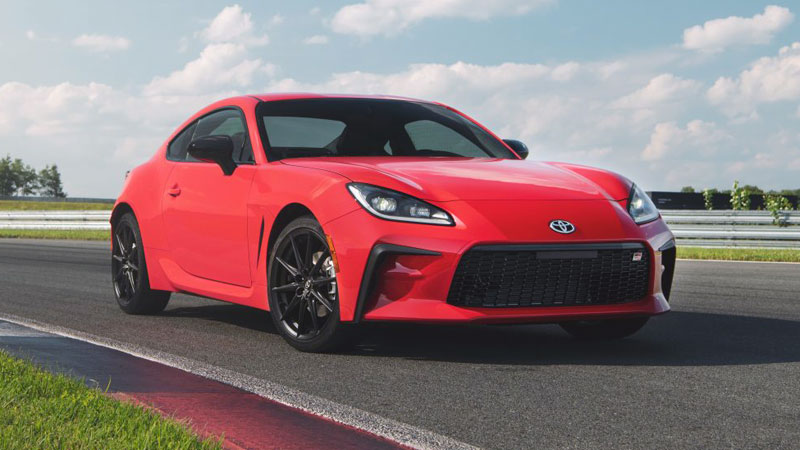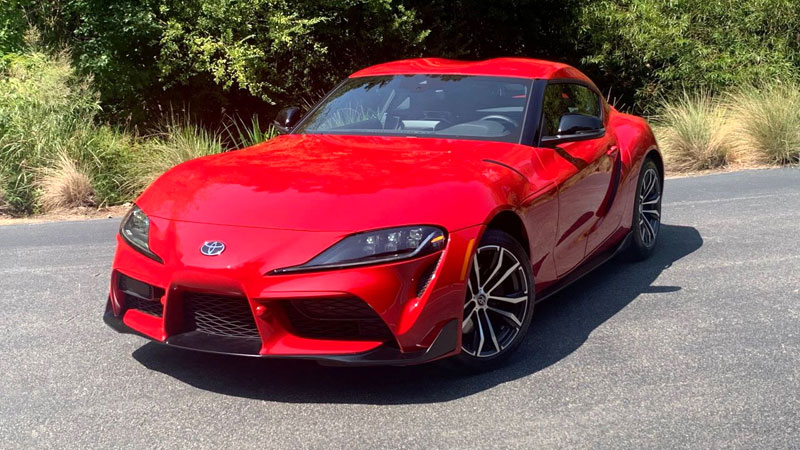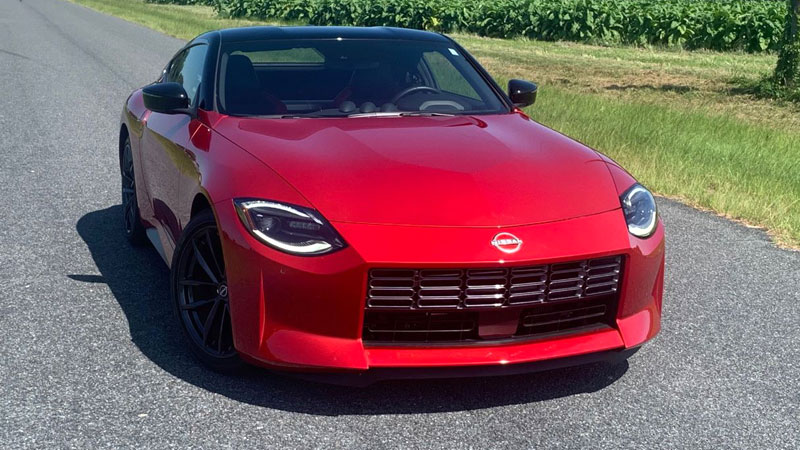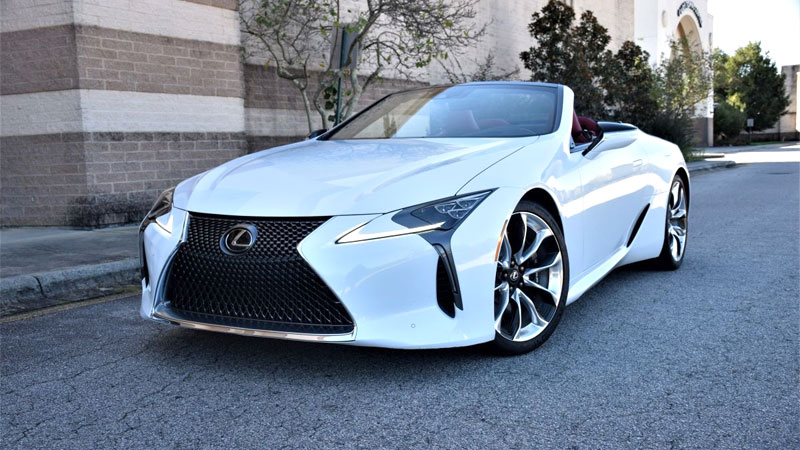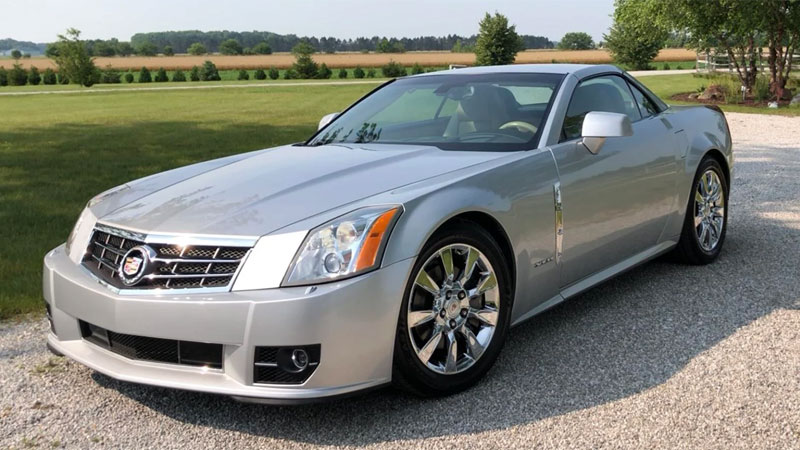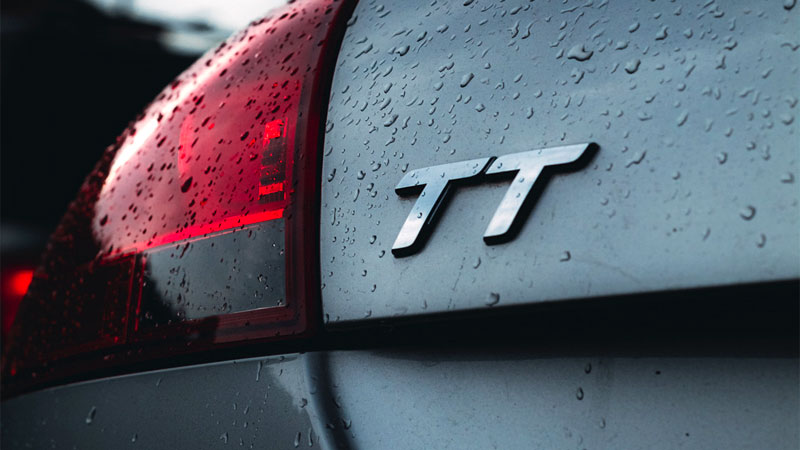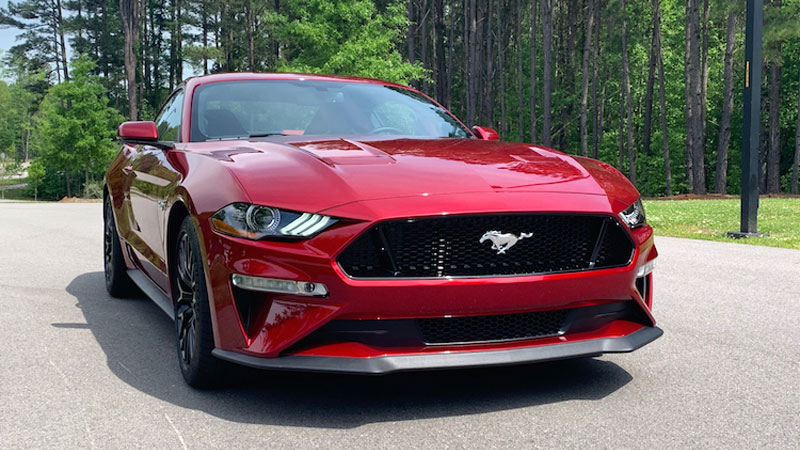2023 Toyota GR86 (Budget-Minded Driving Fun)
Sporty cars are typically very expensive, but there remains a breed of entry-level models to satisfy budget-minded consumers. The Toyota GR86 and its Subaru BRZ sibling are two of them and along with the Mazda MX-5 Miata, prove that driving fun is attainable. The GR86 marks its 10th anniversary this … Read more

